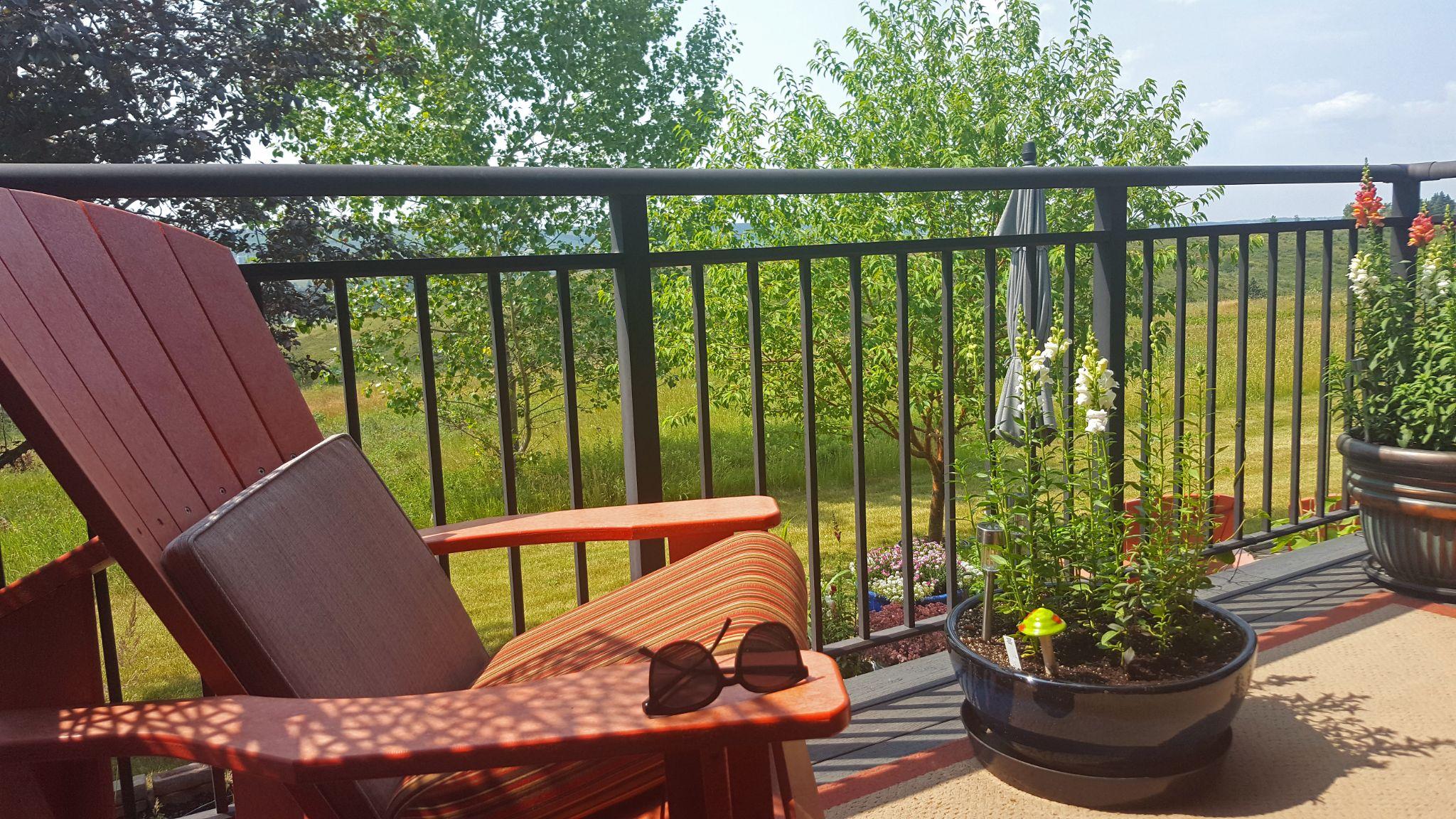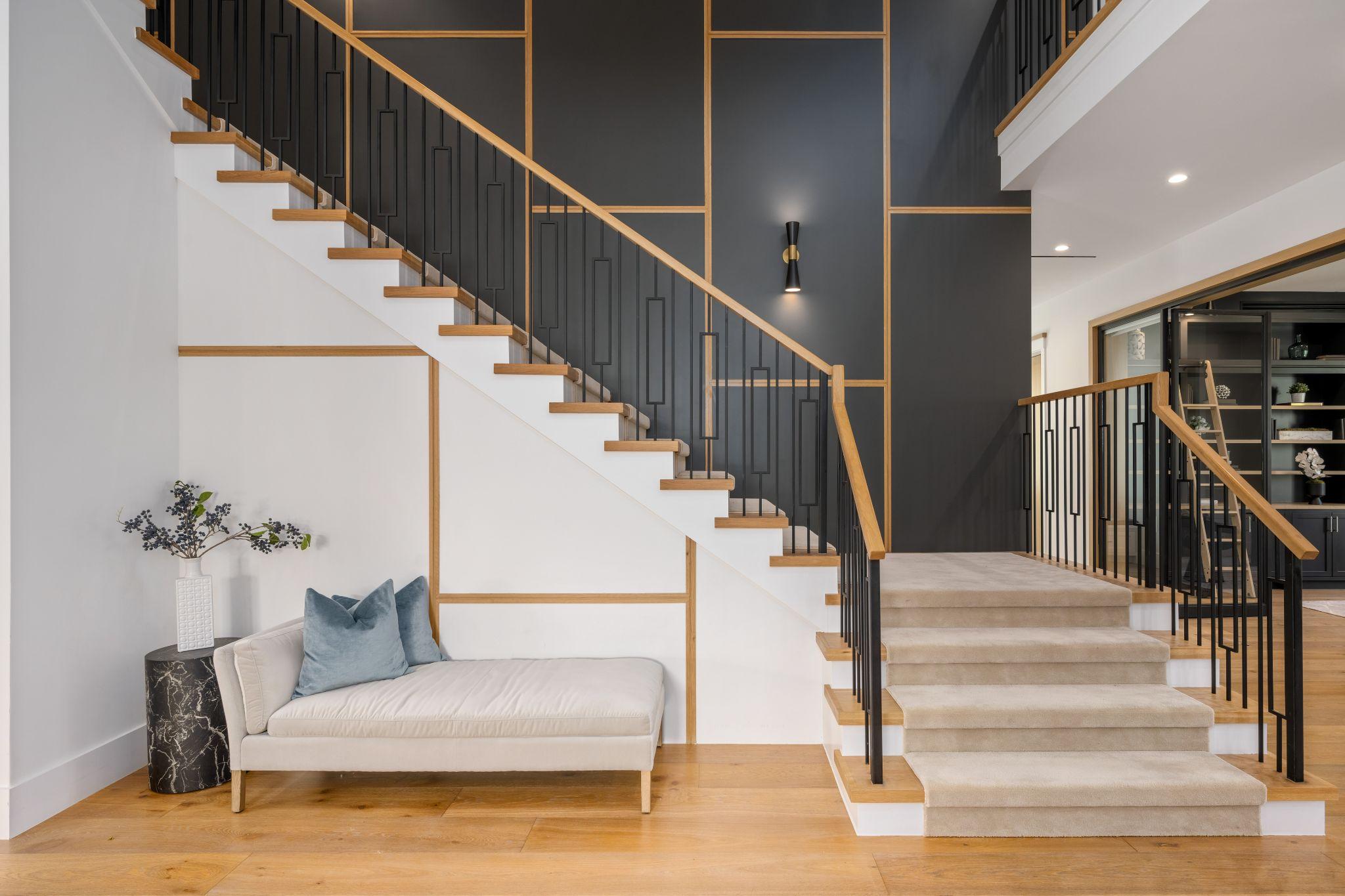
If you’re updating your deck, balcony, or staircase railings, understanding railing codes isn’t just smart—it’s essential. These guidelines ensure your railings are safe, structurally sound, and compliant with local laws. Dive into this comprehensive guide to learn everything you need to know about railing regulations.
What Are Railing Codes, and Why Do They Matter?
Railing codes set the minimum standards for safety in residential and commercial buildings. These regulations address critical elements like railing height, spacing, and strength to minimize the risk of falls. Whether you’re installing traditional wooden railings or aluminum stair railings in Calgary, compliance ensures both safety and adherence to local requirements.
Non-compliance can lead to serious consequences, including:
- Safety Risks
Faulty or poorly installed railings increase the risk of accidents.
- Legal Liability
Homeowners can be held responsible for injuries caused by non-compliant railings.
- Project Delays
Non-compliance can lead to costly rework during construction or renovation projects.
Investing time in understanding railing codes is a small price to pay for long-term safety and peace of mind.
General Railing Requirements
Here’s a breakdown of key requirements for most residential properties:
1. Railing Height Standards
- Decks and Balconies: The minimum railing height for decks and balconies is 36 inches in most areas, though some jurisdictions may require 42 inches, particularly for multi-family homes.
- Interior Stairs: Handrails for staircases must be installed at a height between 34 and 38 inches from the stair tread.
2. Baluster Spacing
- Balusters must be spaced so that a 4-inch sphere cannot pass through. This rule is designed to prevent children from squeezing through or becoming stuck.
3. Load-Bearing Capacity
- Railings must withstand a horizontal force of 200 pounds without failure. This ensures they are strong enough to handle accidental impacts.
4. Handrail Requirements
- Handrails must have a continuous, unobstructed grip for the entire length of the staircase, making them easy for all users to grasp.
Deck and Balcony Railings: What You Should Know

Do all decks require railings?
If your deck is elevated 30 inches or more above ground level, railings are mandatory. Lower decks don’t typically require railings by law, but they’re still a good idea for added safety.
How high should balcony railings be?
For balconies, most building codes mandate a minimum height of 42 inches. This extra height offers greater protection against falls, particularly in areas with high winds or heavy foot traffic.
Best Practices for Deck Railing Installation
- Use weather-resistant materials such as pressure-treated wood or metal to extend the life of outdoor railings.
- Consider tempered glass panels for a modern look while maintaining safety standards.
- Periodically check for signs of wear, such as rust, rot, or loose fasteners, and address these issues promptly.
Stair Railings: Staying Safe Indoors
Indoor railings have their own set of specific requirements:
1. Handrail Height and Extensions
Handrails must sit at a height of 34 to 38 inches, measured vertically from the stair tread. Additionally, they should extend at least 12 inches beyond the top and bottom stairs for improved usability.
2. Spacing and Grip
- Handrails should have a gripable surface, typically with a diameter between 1.25 and 2 inches.
- Avoid designs that incorporate sharp edges or overly complex profiles, which may make the railing difficult to hold securely.
3. Stair Dimensions
- Risers (the vertical part of each step) should be consistent in height, generally no more than 7.75 inches.
- Treads (the horizontal surface) must have enough depth to accommodate a user’s full step, usually a minimum of 10 inches.
Regional Code Variations
Building codes differ across countries and municipalities, so it’s essential to consult local authorities. Here are a few examples:
- United States: The International Residential Code (IRC) is widely used, but states and cities may modify these guidelines.
- Canada: The National Building Code (NBC) is the primary standard, with additional requirements for areas prone to snow and ice.
- European Union: EU countries often have stricter aesthetic and material guidelines for railings in public spaces.
Common Mistakes in Railing Installations
Homeowners often make errors that lead to code violations. Here’s what to watch out for:
- Incorrect Height Measurements
Railings that are even slightly too short or too tall may fail inspections. Always double-check measurements before installation.
- Improper Fastening
Using the wrong type of screws or failing to secure railings properly can compromise their load-bearing capacity.
- Overlooking Permits
Starting a project without obtaining the necessary permits can result in fines and delays.
- Choosing Subpar Materials
Avoid untreated wood or low-grade metal for outdoor installations, as they deteriorate quickly in harsh weather.
Materials for Code-Compliant Railings
- Wood
Pressure-treated wood is a classic choice, offering affordability and easy customization. However, regular maintenance is required to prevent rot and warping.
- Metal
Options like stainless steel or wrought iron are durable and low-maintenance, making them ideal for outdoor use.
- Glass
Tempered glass panels provide a sleek, modern aesthetic while meeting safety standards.
- Composite Materials
Composite railings combine the durability of metal with the aesthetic appeal of wood. They are weather-resistant and low-maintenance, making them a popular choice for outdoor applications.
Your Step-by-Step Checklist for Railing Installation
- Confirm local railing codes with your building department.
- Measure the height and spacing requirements for your specific project.
- Choose materials suited to your home’s climate and aesthetic preferences.
- Obtain necessary permits before beginning work.
- Follow manufacturer guidelines for installation, or hire a licensed contractor.
- Schedule a final inspection to verify compliance.
Conclusion
Railing codes and regulations might seem overwhelming, but they’re designed to protect your family and visitors. By understanding the basics and working with professionals when needed, you can install railings that are both functional and beautiful.

